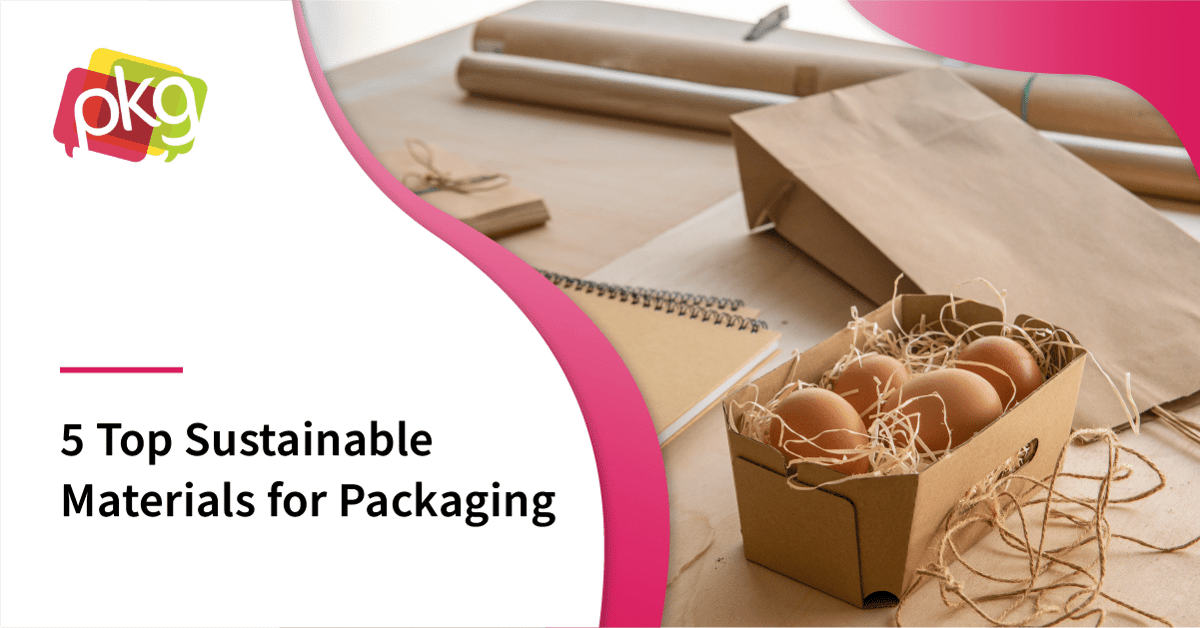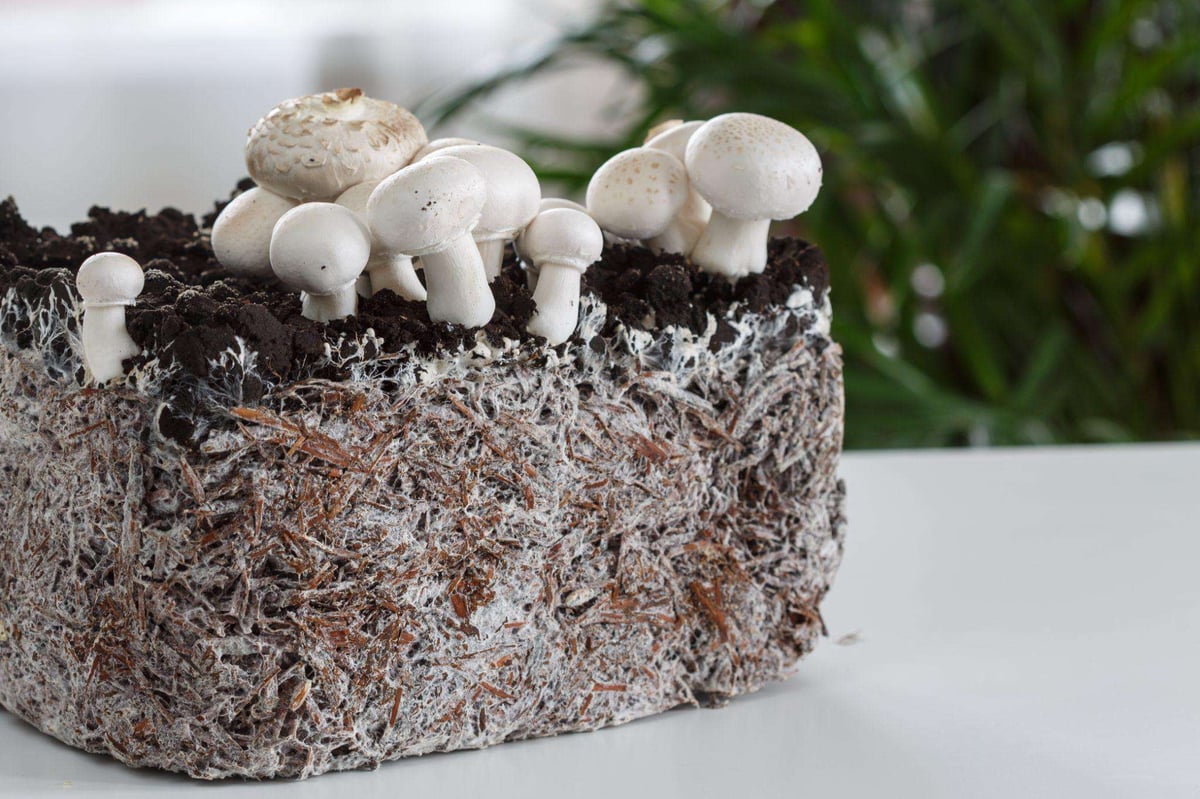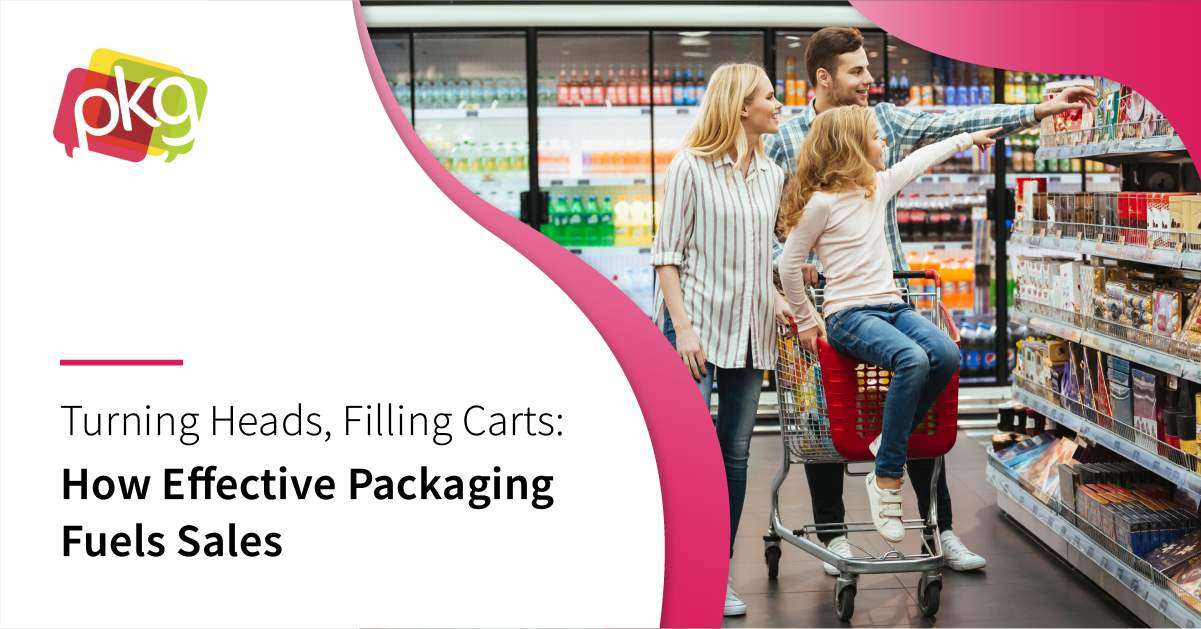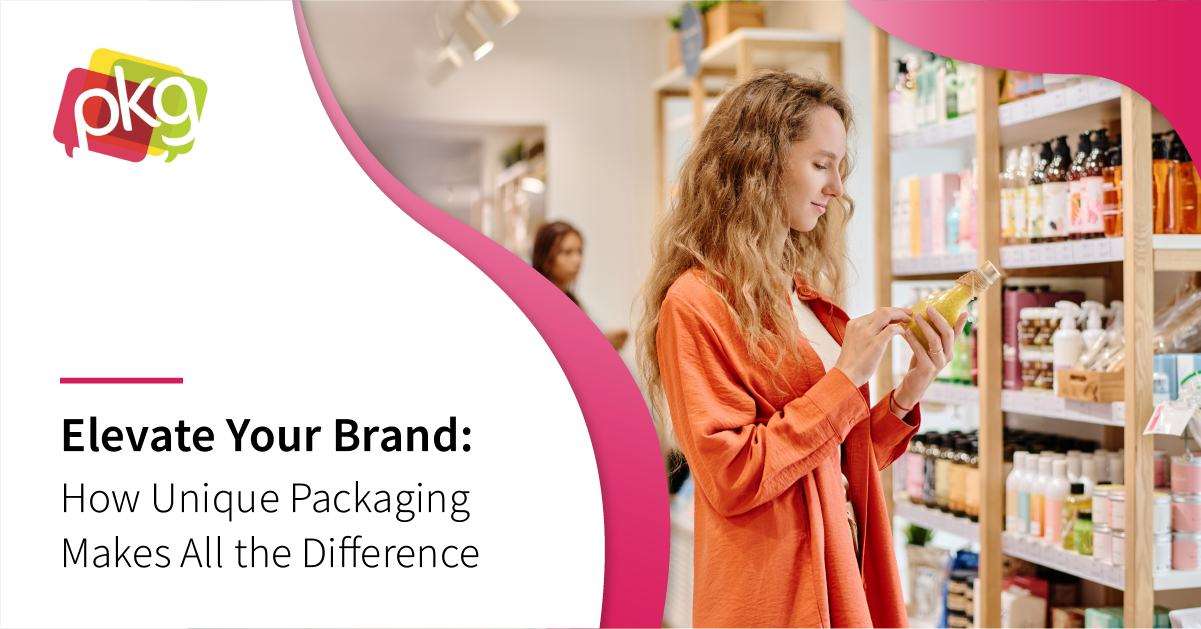
From live animals to fashion finds, there are few limits on what you can ship through home delivery. With the rise of this tactic, it’s more important than ever to consider how your products are packaged. Sustainable packaging is lighter on the planet, relies on renewable materials, produces less waste, and uses less energy.
In addition to being the ecological choice, using sustainable materials for packaging is also a sensible corporate decision. The growing consumer demand for recycled, low-impact, and plastic-free packaging means sustainable packaging should be a core part of your company’s CPG packaging design.
When you’re considering sustainable packaging materials, you’ll need to consider how that packaging material works for your products and for your customers. Questions to ask yourself include:
- Is it durable?
- Can it be molded to fit the product?
- Is it cost-effective?
- Does it store well?
- Is it easy to procure?
You’ll also need to consider what elements of sustainability are most important to your company. Do you want to find material that’s:
- A quickly renewable fiber?
- Made from waste products?
- Made from recycled products?
- Easy to recycle?
- Compostable?
.jpg?width=1200&height=800&name=2.jpeg%20(1).jpg)
Recycled Paper: Sustainable and Traditional
Recycled paper packaging is the foundation of much of the sustainable packaging industry. Paper is easy to recycle. While virgin fiber is renewable, using recycled packaging reduces logging, which has innumerable environmental impacts on soil, water, animal life, and the climate. A single cardboard box can be recycled up to seven times, and a 2018 US EPA study showed that 96.5% of cardboard packaging is recycled by consumers.
Corrugated cardboard packaging and paper are traditional options that are well-known to consumers. They’re sturdy and reliable, and they’re easy for consumers to reuse or recycle at local facilities. If you’re not sure about committing to a newer type of sustainable packaging, increasing the amount of recycled paper products you use is a strong first step. Recycled cardboard and paper products are excellent choices for companies stepping into sustainable materials for packaging.
Bioplastics Can Replace Certain Plastic Packaging
Conventional plastics are made from oil, which is a limited resource. Extracting oil also has environmental consequences. For example, exploring and drilling for oil can disturb the environment, both in the ocean and on land.
Bioplastics are plastic alternatives and have some of the durability of conventional plastic materials. They can be used for packaging applications that normally require plastic. Instead of being extracted from the ground, bioplastics are derived from renewable resources like corn starch, sugarcane, or cellulose.
Bioplastics are not ecologically neutral. Farming plants still uses resources. They’re also not always easy to compost or recycle. However, if your company or your customers are trying to move away from petroleum-based packaging products, consider bioplastics as potential options.

Mushroom Packaging Can Be Custom-Grown
While mushroom packaging has been available for less than 20 years, it shows a lot of promise as a sustainable packaging option. It’s made out of the mycelium or “roots” of mushrooms, which are combined with agricultural waste. Myco-materials are used as alternatives to styrofoam and cardboard packaging.
One unique element of mushroom packaging is it can be grown to order. It can be custom-molded at low costs compared to foam packaging products. It’s biodegradable, flame-resistant, water-resistant, and it’s flexible for many different applications. At the end of its life, it can be composted, though consumers will need instructions on how to do this.
Mushroom packaging is an emerging, promising technology in the packaging arena.
Biodegradable or Compostable Plastics Reduce Waste
The U.S. generates about 40 million tons of plastic waste annually. One of the challenges of plastic is it doesn’t break down easily. Plastics recycling might seem like a good option, but only 5-6% is actually recycled. The rest ends up in landfills where it doesn’t easily degrade.
Biodegradable plastics are designed to break down into smaller parts over time and turn back into natural elements. Look for plastics that are compostable, meaning they can be collected for industrial composting or composting in home-based systems.
If your aim is to reduce the amount of plastic waste consumers send to landfills, choosing compostable plastics can help reduce your impact so long as consumers are provided with education and directions regarding proper composting procedures.
Plant-Based Fiber Packaging: A Renewable Option
While plant-based fibers have been used in packaging material for a while, the focus has been on wood fiber rather than faster-growing fiber sources. With climate change and environmental concerns on companies’ and consumers’ minds, people are looking to alternative, plant-based fibers. Using fresh fibers can be beneficial if you ship heavy items or need to send them overseas as they’re more durable than recycled products.
Many fibers grow quicker than wood and have lower cumulative impacts on the environment. Hemp and bamboo are fast-growing crops that are renewable and biodegradable. If you need to wrap items in fabric, hemp and bamboo can become fabric wrap. They can also be mixed with other materials during the production process, creating hybrid packaging products that contain wood fiber and other plant-based packaging.
Using Industrial Waste Products
Wheat, straw, and sugarcane (bagasse) are raw materials derived from waste products. Since packaging made from these materials is plant-based, it also easily degrades after use.
At a time when home delivery is booming, both companies and consumers have higher awareness regarding the ecological impacts of their packaging products. If you’re looking to diversify your use of sustainable materials for packaging, there are numerous options available including renewable substitutes for plastic and wood fiber, biodegradable and compostable packaging, and recycled and recyclable packaging.
With the needs of your products and consumers in mind, you can explore ways to make your packaging design more sustainable and reduce the ecological impacts of the materials you use.
PKG Brand Design is always at the forefront of new CPG branding and packaging initiatives. Subscribe to our blog for the latest package design industry news!







